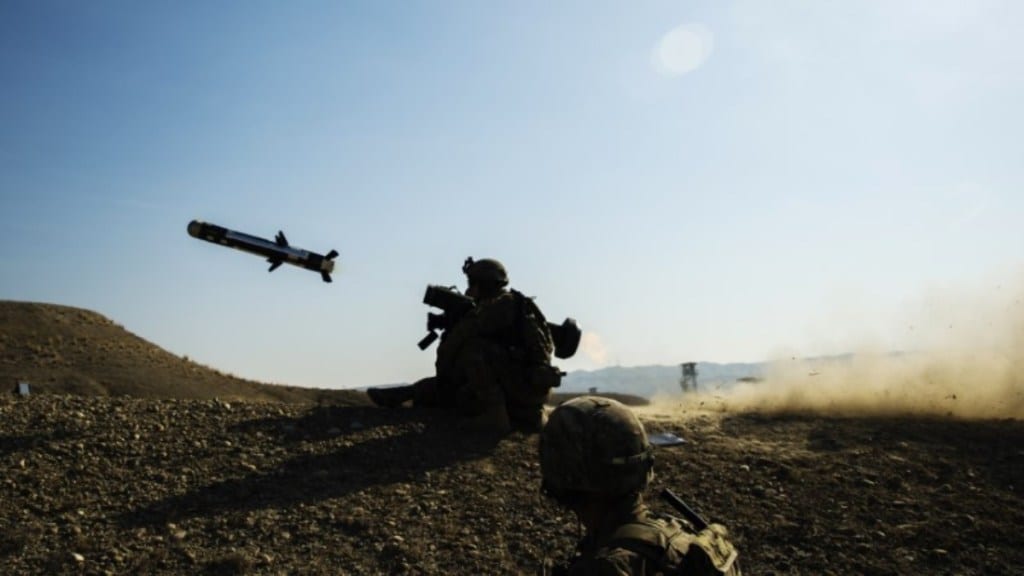In a decisive move to enhance its defense preparedness, India’s Ministry of Defence has issued a Request for Information (RFI) for the procurement of 20,000 new-generation anti-tank guided missiles (ATGMs) and 1,500 launchers for the Indian Army. These missiles are intended for deployment along the borders with Pakistan and China, highlighting the strategic importance of the acquisition.
A Push for Indigenous Defense Technology
The Indian government has specified that these ATGMs will fall under the “Buy (Indian-IDDM)” procurement category, which mandates that at least 60% of the system’s content be produced domestically. This aligns with India’s push for self-reliance in defense manufacturing under its “Make in India” initiative. By focusing on indigenous production, the government aims to reduce dependence on foreign defense imports while building a robust military-industrial complex within the country.
The ATGMs are expected to have a range of at least 4 kilometers and must be capable of performing in a variety of terrains, from the desert landscapes near Pakistan to the high-altitude regions near China. Their operational versatility is essential given the ongoing security challenges India faces on both of these fronts.
Technological Capabilities
These next-generation missiles will be able to destroy a wide range of enemy assets, such as tanks, armored vehicles, and even low-flying helicopters. The design of the ATGMs will be modular, allowing future upgrades without significant changes to their structural design. This ensures that the system can be adapted to evolving threats and technology, making it future-proof.
Furthermore, the missiles must perform reliably in extreme weather conditions, from freezing temperatures in the Himalayan regions to the heat of desert environments. Their capability to function day and night and in adverse weather conditions like rain, fog, and dust is crucial for maintaining operational readiness across diverse landscapes.
Comparisons with China’s Advancements
India’s defense upgrade comes at a time when China has also been rapidly modernizing its military, particularly along the Line of Actual Control (LAC). China’s People’s Liberation Army (PLA) has already equipped its forces with advanced anti-tank systems like the HJ-12, a cutting-edge missile capable of engaging armored targets with precision.
In response, India’s new ATGM program reflects its determination to counter China’s growing military prowess. However, unlike China, which has developed a largely self-sustaining defense industry, India’s approach with this RFI emphasizes the development of domestic capabilities through collaboration with Indian companies, fostering local innovation and manufacturing.


